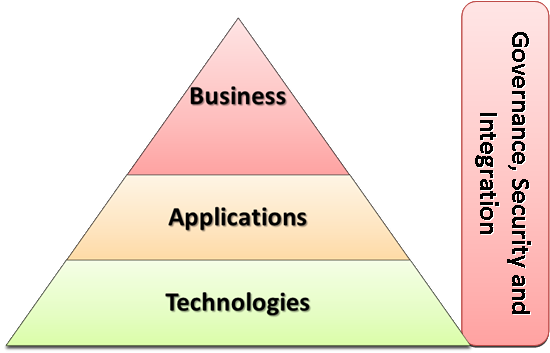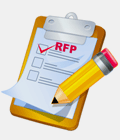Executive Summary
| Service Name: | Police Crime Investigation Service (myanmarserv3) |
| Country Name: | Myanmar (maynmar1) |
| Target Customers: | Citizens, Businesses, and other Agencies (possibly) |
Service Mission: Police Crime Investigation Service Overview
Police Crime investigation System
Overview
At a higher level, the types of crimes that police deals with law enforcement and public safety can be categorized as low, middle, high and very high profile.
Low profile mainly include
- Traffic Violation
Medium profile mainly includes
- Robbery
- Aggravated Assault
- Burglary
- Larceny-theft
- Motor Vehicle Theft
High profile mainly includes
- Murder
- Rape
A traffic violation processing method includes the steps of monitoring a vehicle, determining whether the vehicle is in violation of the traffic, recording the image of the vehicle on a camera when the vehicle is determined to have violated a traffic violation, providing a digital image of the vehicle, recording and storing deployment data corresponding to the violation, wherein the deployment data includes an identifier associated with the traffic violation, assigning the identifier to the digital traffic image, storing the digital image of the vehicle, together with the identifier, on a storage medium, matching the deployment data with the stored digital image by correlating or matching the identifier associated with deployment data with the identifier associated with the stored digital image, and generating a traffic document that includes the stored digital image and the deployment data. This document is printed and mailed to the vehicle owner for him/her to pay the respective penalty.
On the other hand, when the cop pulls a driver for a traffic violation, the officer will verify the driver and the vehicle information, ensures the driver understands the traffic law violated and finally issues the driver with a citation ticket.
In reference to medium profile the police respond to a crime that has already occurred (reactive) in the following stages.
1. Case Initial discovery and response.
Before the criminal investigation process can begin, the police discover that a crime occurred or the victim (or witness) realize that a crime occurred and notify the police. In the vast majority of cases it is the victim that first realizes a crime occurred and notifies the police. Then, most often, a patrol officer is dispatched to the crime scene or the location of the victim.
2. Case Initial investigation
For immediate post-crime activities the patrol officer arrives at the crime scene. The tasks of the patrol officer during the initial investigation are to arrest the culprit (if known and present), locate and interview witnesses, and collect and preserve other evidence.
3. Case Follow-up investigation
If the perpetrator is not arrested during the initial investigation, then the case may be selected for a follow-up investigation normally performed by a detective.
4. Case Closure
Finally, at any time in the process the case may be closed and investigative activities terminated (e.g., victim cancels the investigation, the crime is unfounded, there are no more leads available, or an arrest is made). If an arrest is made, or an arrest warrant is issued, primary responsibility for the case typically shifts to the prosecutor's office.
Also, the medium profile includes proactive criminal investigations; undercover investigations are of most significance (Marx). Perhaps the most well-known type of undercover strategy is the sting or buy-bust strategy that usually involves a police officer posing as someone who wishes to buy some illicit goods (e.g., sex, drugs). Once a seller is identified and the particulars of the illicit transaction are determined, police officers waiting nearby can execute an arrest. Another common strategy involves undercover police officers acting as decoys where the attempt is to attract street crime by presenting an opportunity to an offender to commit such crime (e.g., a police officer poses as a stranded motorist in a high crime area; when a robbery attempt is made, nearby officers can make an arrest). Undercover strategies are controversial primarily because of the possibility of entrapment. Although a multitude of court cases have dealt with this issue, the basic rule is that the police can provide the opportunity or can encourage the offender to act but cannot compel the behaviora fine line indeed
High Profile crimes which include human death will include many extra areas of investigations and not limited to medical examinations, forensic investigations and data screening which facilitate for leads to identify the culprit at the higher level of investigation. With the outcome of the leads/reports from the above investigation areas, the regular initial discovery and response, initial investigation, follow-up investigation and closure will happens mapping with the medium profile crimes.
Service Goals (How this service will be delivered to the customers)
| Service Type: | Informational |
| Boundaries Crossed: | Federal |
| Use of Web: | eGov 1.0: G2G and G2B Transactions |
| Use of Mobility: | Mobile Government |
Service Assessment Results
- Cost/Benifit Results: Should be Done Whenever Possible
- SWOT (Strengths, Weakness, Opportunities, Threats) Results: Worth Pursuing
- Acquisition Strategy Recommended:
Architecture View

The strategic Planning Document provides information about different aspects of this architectural view. Additional documents generated by the system focus on different aspects of this view.
Following is the list of support documents, in alphabetical order, generated by the system with brief description.
| Support Documents Available | ||||||||||||||||||||||||||||||||||
|
||||||||||||||||||||||||||||||||||







